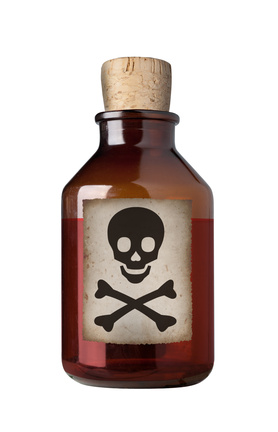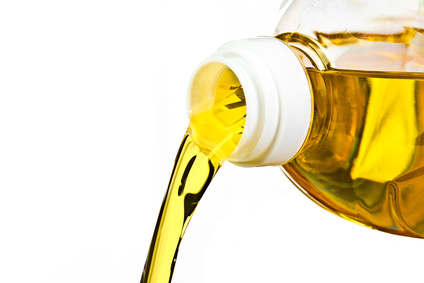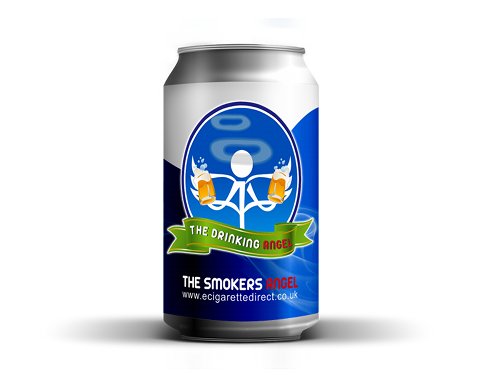Michael Bedford had bought the bottle online.
He swallowed two spoonfuls from the bottle at a party. Shortly after, he became ill, started slurring his words and vomiting.
He was taken to hospital, where he died.
What had he bought?
Caffeine.
And with two spoonfuls, he had ingested the same amount of caffeine as in 70 cans of red bull.Deadly Substances

Which is interesting, because a BBC presenter recently argued drinking coffee and vaping were not the same because:
"...a drop of pure nicotine on the tongue would kill you."Source: BBC Interview
But the nicotine in electronic cigarettes is not pure.
So the statement by the BBC is irrelevant, because if we took the ingredients in many things we use day to day, and used them in a pure form, we would die or become very sick.
Coffee: 10 grams of caffeine would kill 1 in 2 people.
Vinegar: Household vinegar contains around 5% acetic acid. Concentrated acetic acid, however, causes skin burns and permanent eye damage and can kill if swallowed.
Alcohol: Pure and/or industrial alcohol can cause blindness, poisoning and death.
Water: Many of the thousands of toxic chemicals in water would kill us if we used them in a pure form. Despite the presence of arsenic in much of the water we drink (in doses too low too cause any immediate harm) there have been few calls for water to be banned!
Update: In the comments below Sutherland has pointed out that vegetables also contain nicotine, which we have written about here: Tennessee to ban vegetables.It's the dose that makes the poison
As scientists know, it's the dose that make the poison.Ban products on the basis of their ingredients, even when those ingredients are at safe levels, and we'd all die of starvation and thirst.What actually causes harm in the house...
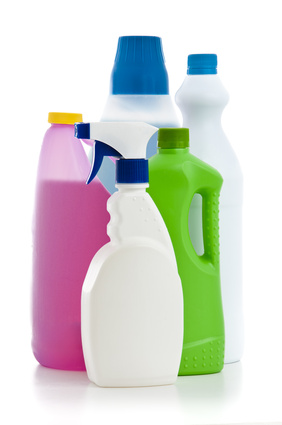
But nicotine products, whether in cigarettes, NRT aids or in tobacco harm reduction products, have been in use for years.
Which means we have data on what actually causes harm.
Another e-cig/THR blog, Stop The Antz, has been putting together some data about incidents caused by different products.
Tobacco products (including NRT and e-cigarettes) total exposure 8,335 (Children Under 12: 89%):
Deaths: 0 Major Injury: 0 Moderate Injury: 151 Minor Injury: 1,773
Far more danger to children comes from the use of household cleaning products:
Household Cleaners total exposures: 180,493 (Children under 12: 65%)
Deaths: 21 Major injury: 194 Moderate: 4,492 Minor: 71,219
(Thanks to Kristin Noll Mash for highlighting this data in this excellent blog post.)
It's clear that household cleaning products pose a greater danger to children than products containing nicotine. As Kristin also points out, existing nicotine cessation aids, some of which have names attractive to children (fruit chill) and use cartoons for marketing, are accepted for general use despite carrying roughly e-cig levels of nicotine.Safety First

While it's clear that nicotine is not the biggest household risk to consumers, we should avoid complacency.
As with all products, we do need to take care that e-cigarettes, cartridges and liquid are properly manufactured and packaged in child proof containers.
One of the biggest dangers with e-cigarettes, in our opinion, is that a cowboy operator, producing in his shed or buying from a dodgy overseas supplier, will produce a device or liquid which isn't safe. (Update: Since this post was written new EU regulations have effectively dealt with this by requiring emissions testing of vape products.)
That's why you should only buy from reputable suppliers who comply with UK and EU regulations and who regularly test their devices and e-liquid.
Also see:
Nicotine and Electronic Cigarettes: 10 Facts All Users Should Know An Interview With Nicotine Expert Dr Jacques Houezeq How Much E-liquid Does It Take To Kill You
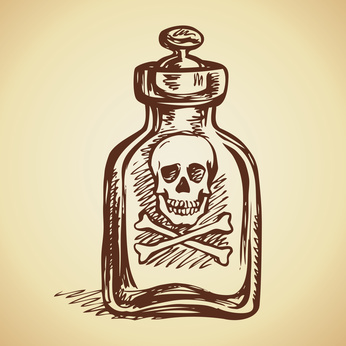
Article Sources
Bronstein et al, 2010 Annual Report of the American Association of Poison Control Centers ’ National Poison Data System (NPDS): 28th Annual Report, Clinical Toxicology (2011), 49, 910–941, ISSN: 1556-3650 print / 1556-9519 online, DOI: 10.3109/15563650.2011.635149
Moldoveanu S.C, Nicotine Analysis in Several Non-Tobacco Plant Materials, May 2016, DOI: https://doi.org/10.1515/cttr-2016-0008
